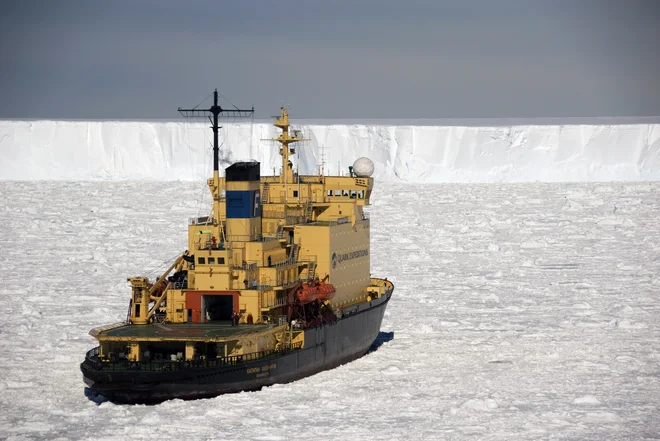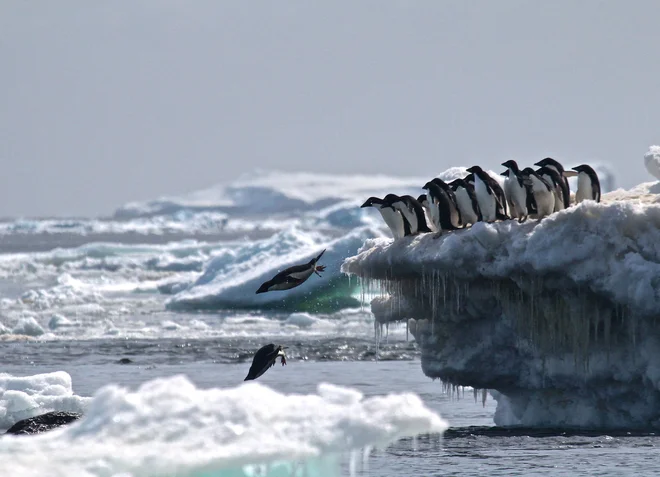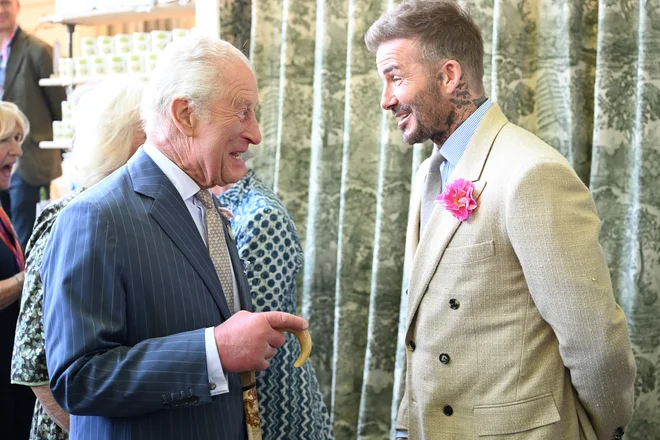Once a symbol of insulation, now a symbol of every social network

Antarctica, for a long time symbol of isolation and scientific research, is becoming an increasingly popular destination for mass tourism. Footage of white ice landscapes, colonies of penguins and endless blue horizons multiply on social networks, where they attract an increasing number of visitors. According to researchers, Antarctica has visited about 125,000 tourists over the last year, which is a significant increase compared to twenty years ago, when there were less than 20,000, Spanish writes El Pais.
The reason for such growth lies in a combination of more affordable cruises and the strong impact of social networks, especially platforms such as ticket. Videos of tourists who dance between the icebergs, dig ice for cocktails, or bathe in warm springs of Deception Island, encourage new visitors to want to experience this unique place themselves.
Oceanographer Anne Hardy With the University of Tasmania, this phenomenon calls « a typical effect » as it increases interest in Antarctica, while promoting inappropriate behavior that can threaten a fragile ecosystem.
Messy tourism and ecological consequences
Although the Antarctic Treaty stipulates that the continent is intended only for scientific research and natural protection, tourism, which has no single regulation, is increasingly emerging on this continent. Tourism activities are carried out without uniform control, which increases the risk of pollution and intake of invasive types.
According to researchers, about 125,000 tourists have visited Antarctica in the last year. Photo: Reuters
Oceanograph Antonio Field It points to the potential effects of sunscreens that tourists use before bathing in antarctic waters. Through his research, he found that high concentrations of chemicals in these creams have a detrimental effect on microorganisms that are crucial for the nutrition chain of marine organisms such as tendons, seals and penguins.
In addition, the recent incident at the Deception Island, where they discovered a seven -meter -large graphite in the protected area, raised questions about vandalism and protection of cultural heritage. The International Association of Antarctic Tourism operators has called this event a « pointless act of vandalism », while emphasizing that they were not responsible for the passengers of their cruisers.
Nevertheless, experts point out that small vessels often fit without proper control, which increases the risk of theft of historical artifacts and other harmful interventions.
Search for solutions
Spanish biologists and scientists who work on the Gabriel de Castilla base warn that mass tourism is becoming a serious problem. Antonio Quesadachairman of the Spanish Polar Committee, emphasizes that efforts to regulate tourism are already underway.

Footage of white ice landscapes, colonies of penguins and endless blue horizons multiply on social networks. Photo: Rachael Herman/AFP
One of the possible solutions could be the introduction of a tourist tax that would help to finance the preservation of the Antarctic Ecosystem. This option will be discussed at the June meeting of the Antarctic Treaty.
Despite the existing guidelines, which stipulate, among other things, that there must be no more than twenty tourists on each guide and that visitors should not approach animals less than five meters, the need for stricter control is increasing. There are currently no mechanisms to ensure that all operators of these rules are actually adhering to.
While conserving and commercialization
Antarctica is still considered one of the cleanest and most sensitive backgrounds on the planet. Any human activity, no matter how small it seems, can affect local ecosystems. In recent years, the explosion of tourism has raised questions about how to balance nature conservation and the growing commercialization of this distant continent.

The Antarctic Treaty stipulates that the continent is intended only for scientific research and natural protection. Photo: US Defense
Discussions about the future of Antarctic Tourism will be crucial to protecting its unique ecosystem. Unfortunate tourism development could cause irreparable damage, so the need for regulation and sustainable approach is more necessary than ever.







